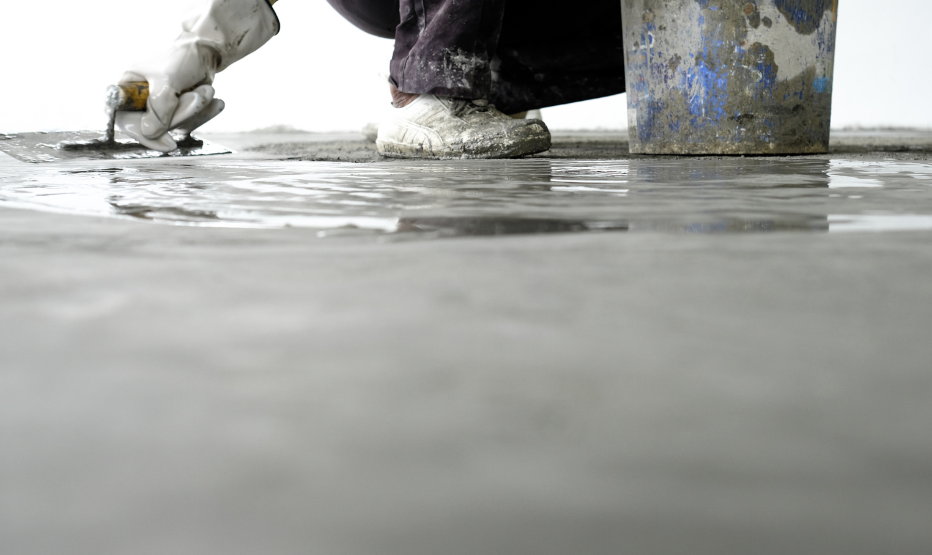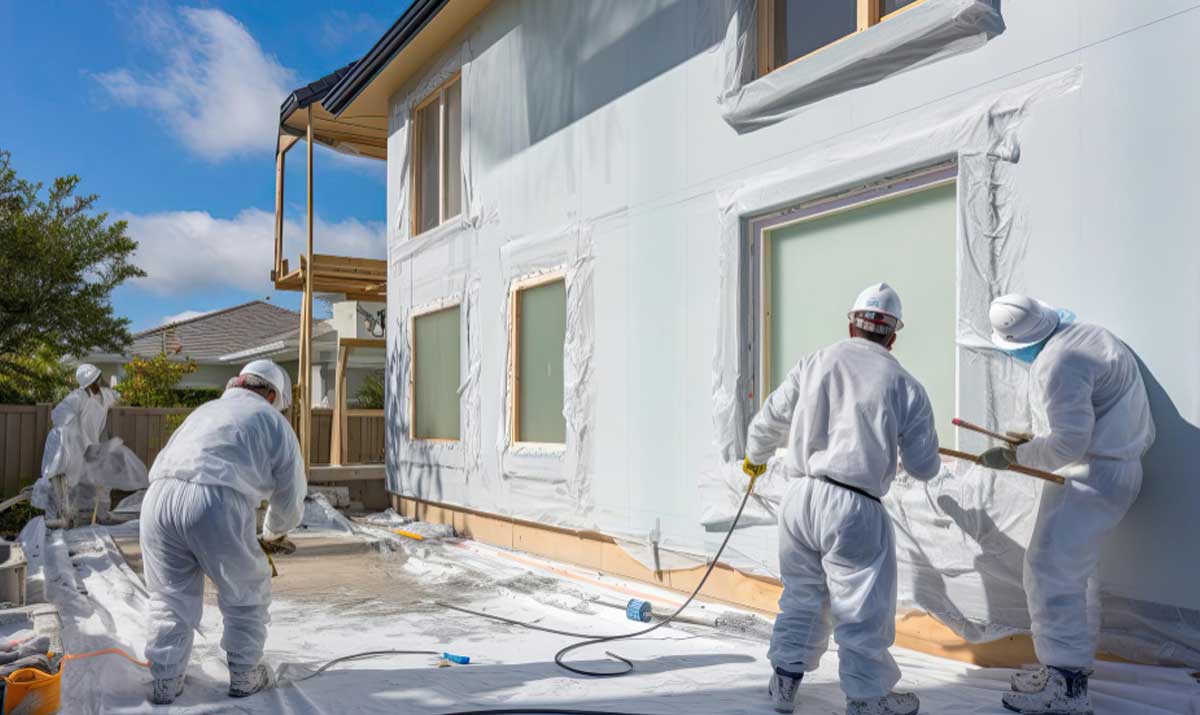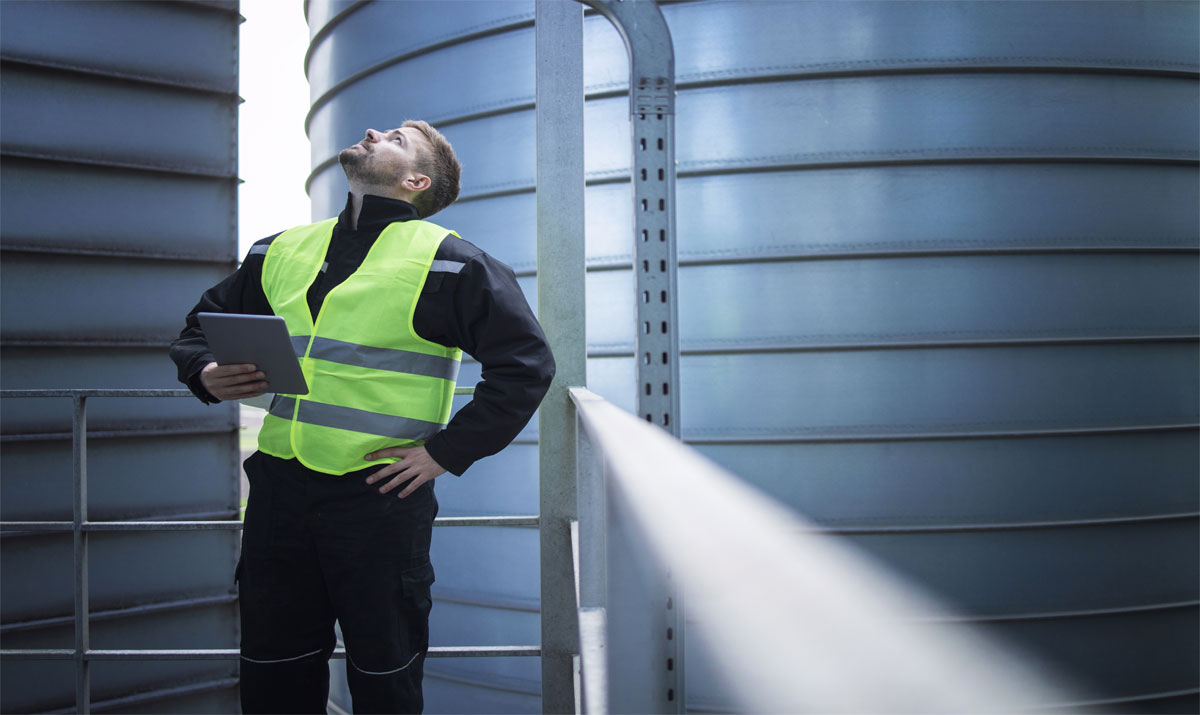How is waterproofing done in construction?
Waterproofing is the process of protecting a structure from water damage. It is an important part of construction, as water damage can cause a number of problems, including structural damage, mold growth, and electrical hazards.
There are a number of different types of waterproofing materials and techniques that can be used in construction. The best type of waterproofing for a particular project will depend on the specific needs of the project, such as the type of structure, the climate, and the budget.
Here is a general overview of how waterproofing is done in construction:
- Prepare the surface. The surface to be waterproofed must be clean and dry. Any cracks or holes should be repaired.
- Apply the waterproofing material. The waterproofing material can be applied using a variety of methods, such as brushing, rolling, or spraying. The specific application method will depend on the type of waterproofing material being used.
- Allow the waterproofing material to dry. The waterproofing material must be allowed to dry completely before the next step can be taken.
- Protect the waterproofing material. Once the waterproofing material has dried, it should be protected from damage. This can be done by applying a topcoat or by covering the area with another material, such as gravel or soil.
Waterproofing in construction
Waterproofing is an important part of construction for a number of reasons. First, it can help to prevent water damage to the building itself. Water damage can cause a number of problems, including:
- Structural damage
- Mold growth
- Mildew growth
- Electrical hazards
- Health problems
Second, waterproofing can help to improve the energy efficiency of a building. By preventing water from penetrating the building, waterproofing can help to keep the building cool in the summer and warm in the winter.
Here are some of the most common types of waterproofing materials used in construction:
- Cementitious waterproofing: Cementitious waterproofing is a type of waterproofing that uses cement-based materials to create a water-tight barrier. It is often used in areas where there is a high risk of water exposure, such as basements, foundations, and roofs.
- Bituminous waterproofing: Bituminous waterproofing is a type of waterproofing that uses bitumen, a type of asphalt, to create a water-tight barrier. It is often used in areas where there is a high risk of water exposure, such as roofs, terraces, and balconies.
- Liquid waterproofing: Liquid waterproofing is a type of waterproofing that uses a liquid material to create a water-tight barrier. It is often used in areas where it is difficult to apply other types of waterproofing, such as around pipes and vents.
- Sheet waterproofing: Sheet waterproofing is a type of waterproofing that uses a sheet of material to create a water-tight barrier. It is often used in areas where there is a high risk of water exposure, such as roofs and foundations.
The waterproofing process typically involves the following steps:
- Surface preparation: The surface to be waterproofed must be clean and free of debris. Any cracks or holes must be repaired.
- Primer application: A primer is often applied to the surface to help the waterproofing material adhere better.
- Waterproofing material application: The waterproofing material is applied to the surface according to the manufacturer’s instructions.
- Protection layer application: A protection layer, such as gravel or concrete, is often applied to the waterproofing material to protect it from damage.
Waterproofing materials for different applications
- Roof waterproofing: Bituminous membranes, liquid membranes, and metal roofing are all commonly used for roof waterproofing.
- Terrace waterproofing: Bituminous membranes and liquid membranes are the most common waterproofing materials used for terraces.
- Basement waterproofing: Cementitious membranes and liquid membranes are the most common waterproofing materials used for basements.
- Bathroom waterproofing: Liquid membranes are the most common waterproofing material used for bathrooms.
- Kitchen waterproofing: Liquid membranes are the most common waterproofing material used for kitchens.
- Pool waterproofing: Cementitious membranes and liquid membranes are both commonly used for pool waterproofing.
- Foundation waterproofing: Cementitious membranes and liquid membranes are both commonly used for foundation waterproofing.
Waterproofing technology
Waterproofing technology has advanced significantly in recent years. New materials and techniques have been developed that are more effective and durable than ever before.
One of the most exciting new developments in waterproofing technology is the use of self-healing materials. These materials can automatically repair themselves if they are damaged, which can help to extend the lifespan of the waterproofing system.
Another exciting new development in waterproofing technology is the use of nanomaterials. Nanomaterials are extremely small particles that have unique properties. When used in waterproofing materials, nanomaterials can create a more effective and durable barrier against water penetration
Floor 2 Terrace Protection
Floor 2 Terrace Protection is a leading waterproofing company in Abu Dhabi and the UAE. We offer a wide range of waterproofing services for residential and commercial properties. We use high-quality materials and the latest techniques to ensure that your property is well-protected from water damage.
Contact us today for a free consultation. We will be happy to assess your needs and recommend the best waterproofing solution for your property.





